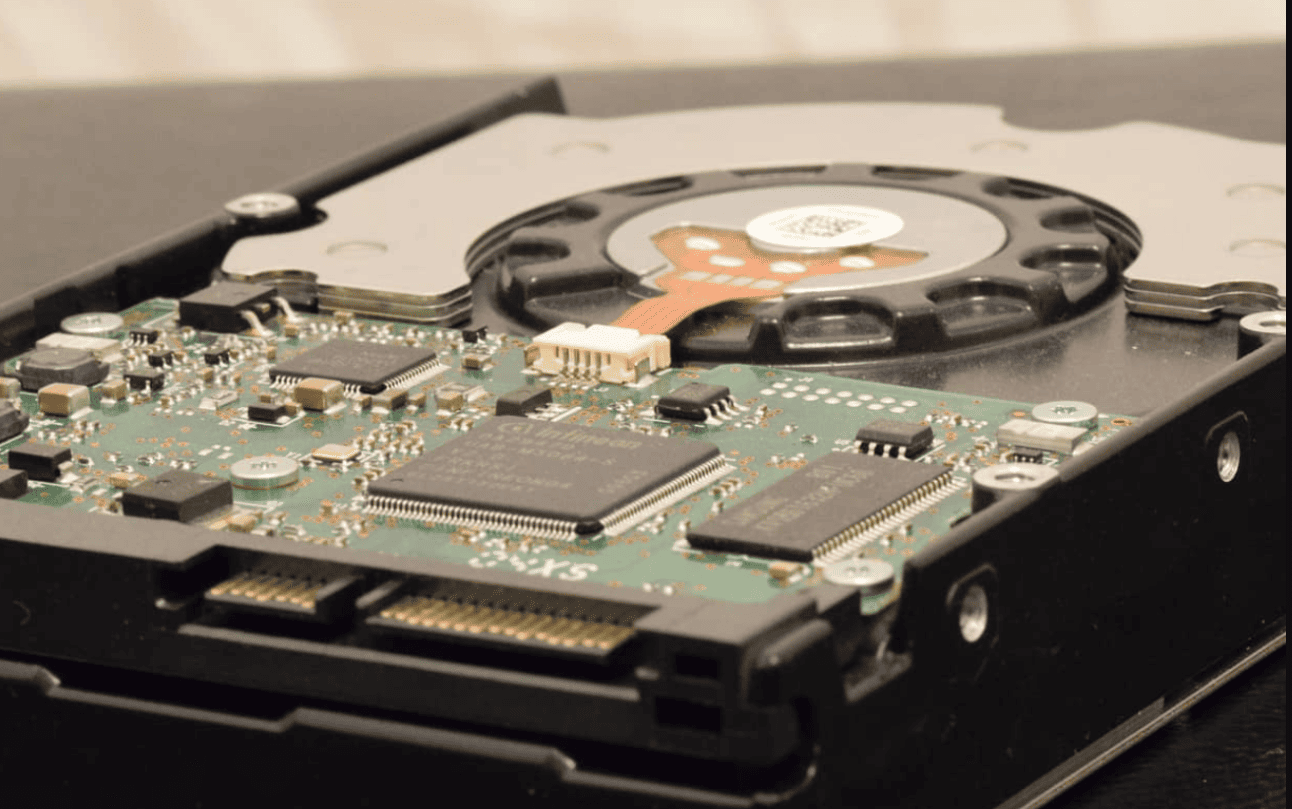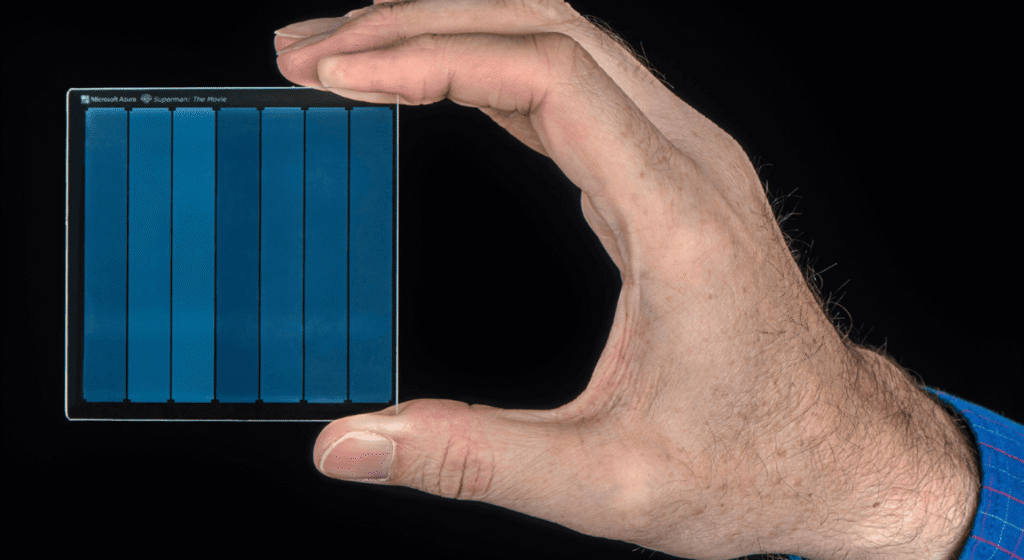Petabyte Hard Drives: The Future of Big Data Storage

The petabyte hard drives, which offers an unknowable capacity in the digital age, functions as a huge vault in data storage technology. These massive storage devices are already being modified to meet the growing requirements of cloud computing infrastructures, big data, and artificial intelligence.
Understanding the Scale
To grasp the magnitude of a petabyte, consider this one petabyte is original to 1,000 terabytes or gigabytes. This immense capacity allows for the storehouse of:
- Roughly 500 billion runners of standard published textbook
- Over 13 times of HD- television videotape content
- The entire published collection of the U.S. Library of Congress, several times over
Applications and Importance
Petabyte-scale storage is crucial for:
- Scientific exploration: For example, medical progress relies on storing large datasets from genome sequencing or flyspeck drug trials
- Pall services: Enabling tech titans to offer putatively measureless storehouse to druggies worldwide
- AI and machine literacy: Furnishing the massive data budgets demanded to train sophisticated algorithms
- Media product: Archiving high- resolution videotape and complex visual goods for the entertainment assiduity
With speeding data generation, petabyte hard drives are today absolutely necessary for organizations handling extreme data volumes. They signify not simply a quantitative increase in storehouse, but a qualitative shift in thinking regarding data operation and use in the digital age.
Key Features Powering Petabyte-Scale Storage
A petabyte hard drive is a major advancement in data storage technology, providing unmatched performance and capacity for massive data processing. Let’s examine some of the essential qualities that these storage monsters have to offer, which are essential in today’s data-driven world.
Massive Capacity and Density
The primary characteristic of petabyte drives is their incredible storage capacity. 1,000 terabytes or gigabytes, or 500 billion copies of an average published textbook, can be stored on these disks. Associations are able to combine vast amounts of data into a smaller physical footprint by optimizing data center space because of its immense viscosity.
High-Performance Architecture
Petabyte drives use state-of-the-art technology to effectively manage enormous data quantities.
- Advanced caching mechanisms
- Multi-actuator technology for parallel data access
- Integration with solid-state drives (SSDs) for accelerated read/write speeds
These characteristics guarantee quick data processing and reclamation, which is essential for real- time analytics, AI, and machine literacy operations.
Enterprise-Grade Reliability
Designed for 24/7 operation, petabyte drives boast:
- Enhanced error correction algorithms
- Robust physical construction to withstand vibrations
- Advanced power management for continuous uptime
These reliability features reduce the likelihood of downtime and data loss, which is essential for scientific research and cloud services’ mission-critical operations.
Go to techlifeeasy.com to learn more about petabyte storage options and how they affect big data management.
Who’s Embracing Petabyte Hard Drives?

Petabyte hard drives are revolutionizing data storage across a range of industries. These massive warehouse findings are jeopardizing their position in the field of diligence, where handling enormous amounts of data is crucial. Tech giants like Google, Amazon AWS, and Microsoft Azure are promoting petabyte-scale storehouses. These companies use massive storage capacities to fuel their pall services, which allow individuals and organizations to access large volumes of data whenever they need to. As a result, large datasets are becoming increasingly necessary as machine learning and artificial intelligence technologies develop. The capacity to store and process the enormous volumes of data required to train complex AI models and algorithms is provided by petabyte hard drives. Film product companies and streaming services are using petabyte-scale storehouse results due to the popularity of 4K and 8K videotape footage. These drives simplify post-production workflows and information transmission by providing efficient storage and rapid access to high-resolution videotape lines.
Petabyte Hard Drives: Transforming the Big Data Landscape on TechLifeEasy.com
With a storage capacity of 1,000 TB (or GB), petabyte hard drives are realizing the importance of enormous data processing. These high-capacity drives meet the increasing need for digital content, from 4K/8K movie storage to scientific research and AI training.
Large datasets are efficiently managed by businesses and data centers using petabyte warehouses, while HAMR and MAMR technologies are adding storage capabilities. Petabyte drives are getting more and more necessary for analytics, enterprise issues, and pall computing as data needs continue to grow. For further perceptivity on storehouse inventions, visit TechLifeEasy.com!
Conclusion
Petabyte hard drives are in the van of invention in the data storehouse as we look to the future. The way businesses and associations handle their ever-expanding data needs is being fully converted by these enormous storehouse systems. Despite being substantially used in business settings at the moment, petabyte drive technology is anticipated to make its way into consumer operations in the times to come. Therefore, as data becomes more abundant and less useful, the demand for a dependable, high-capacity repository will only grow. Similarly, you may better prepare your association for the data-driven future by staying abreast of these changes. Additionally, go to techlifeeasy.com to find out more about cutting-edge technology.





